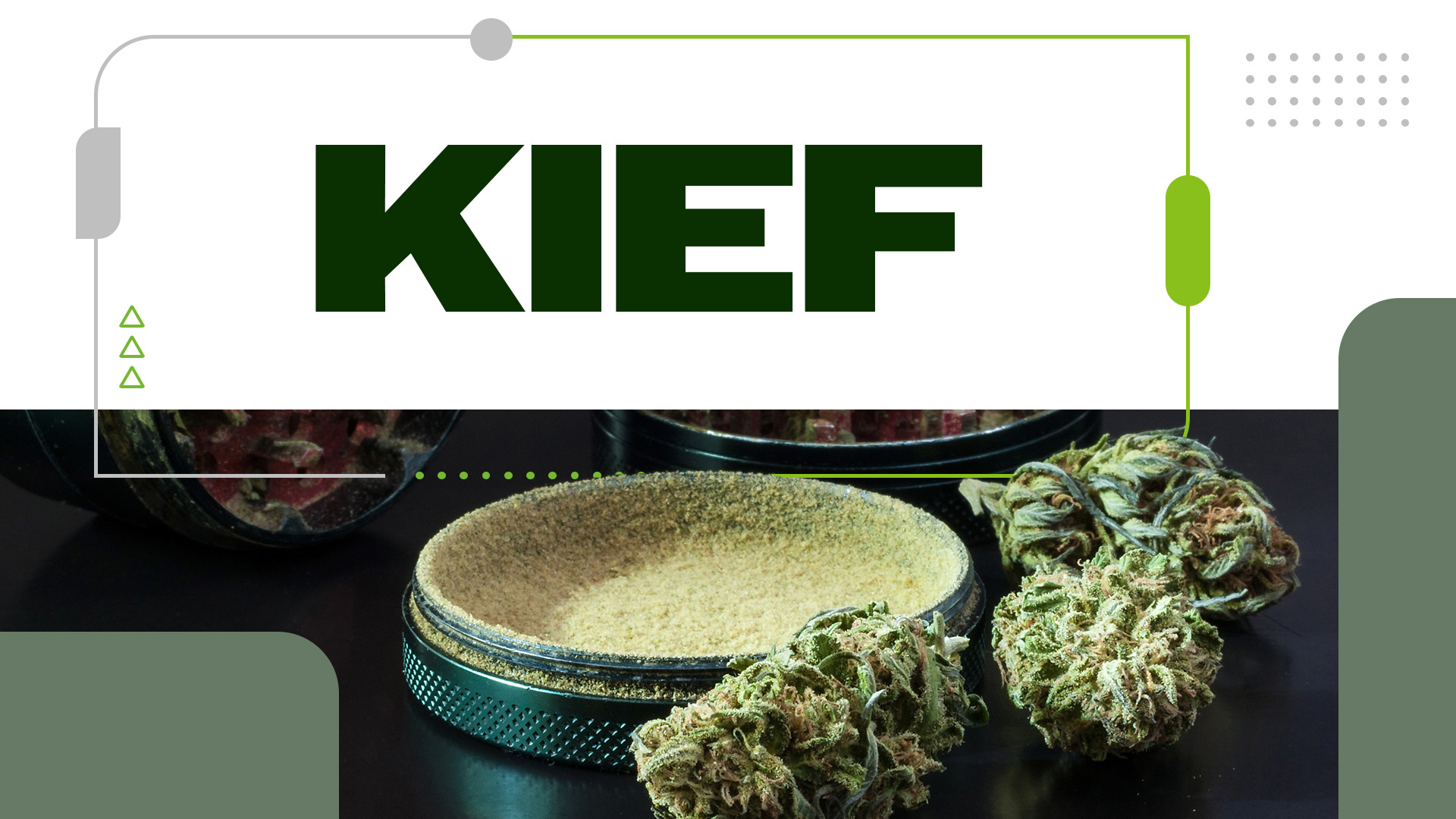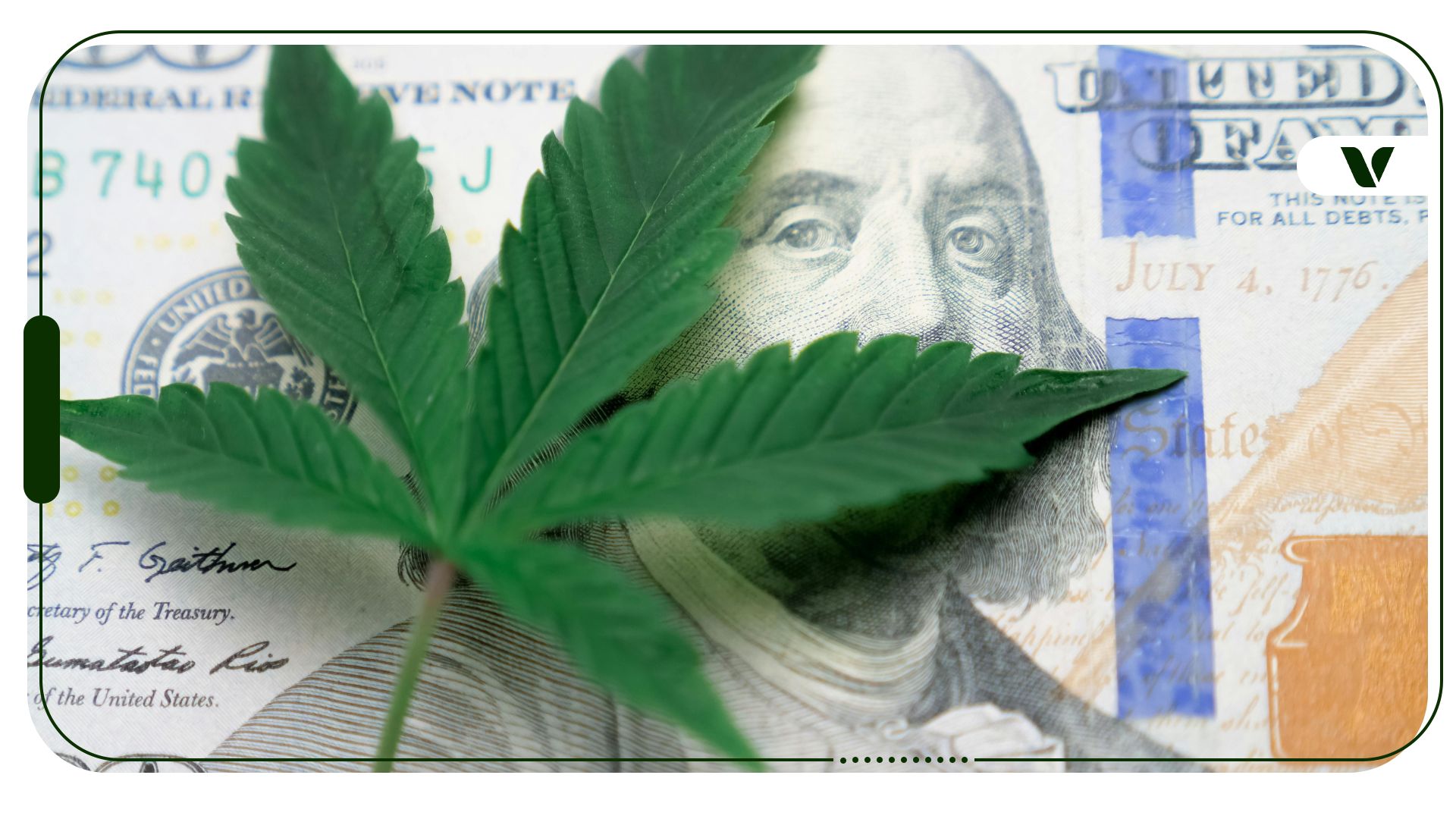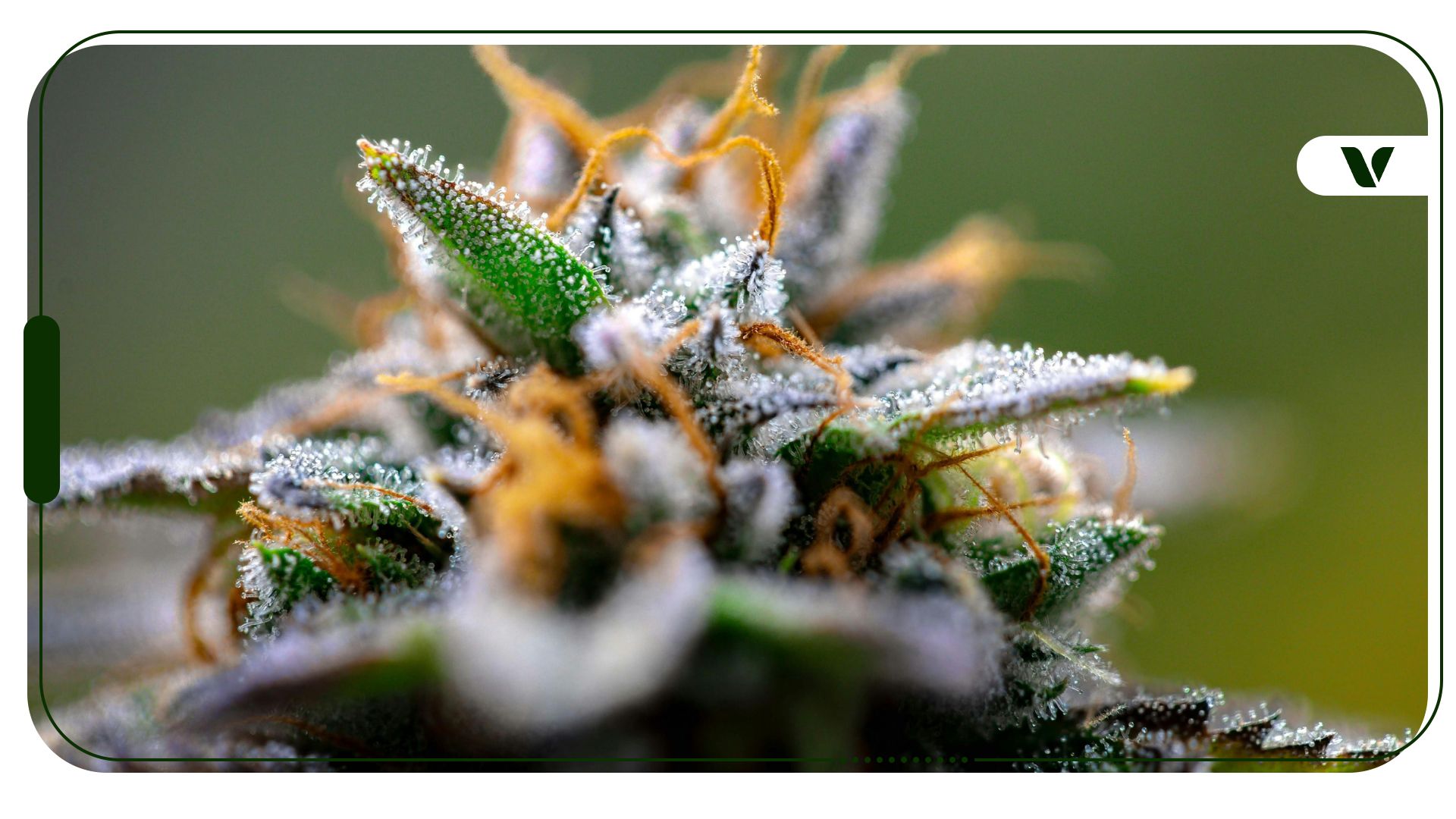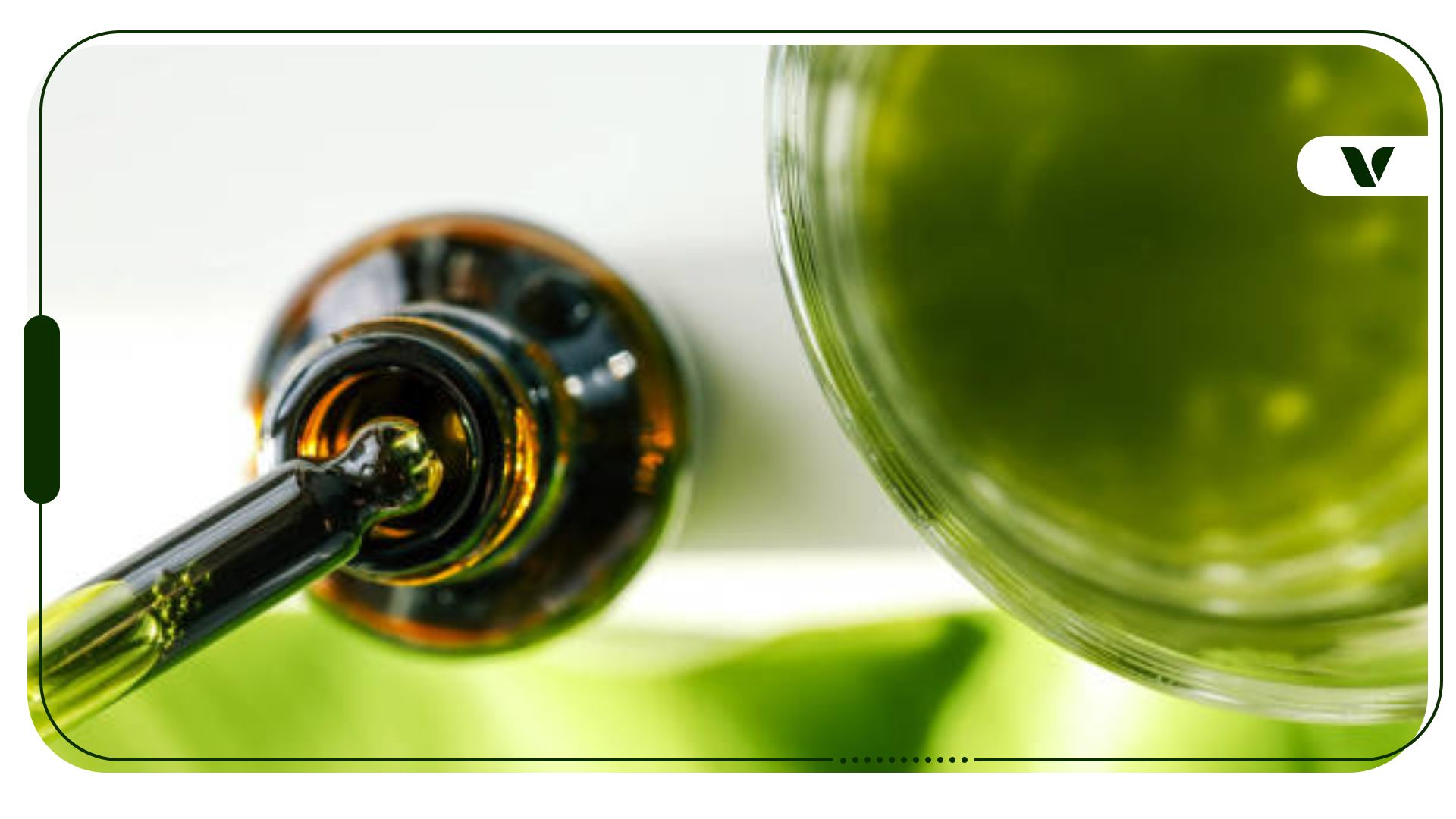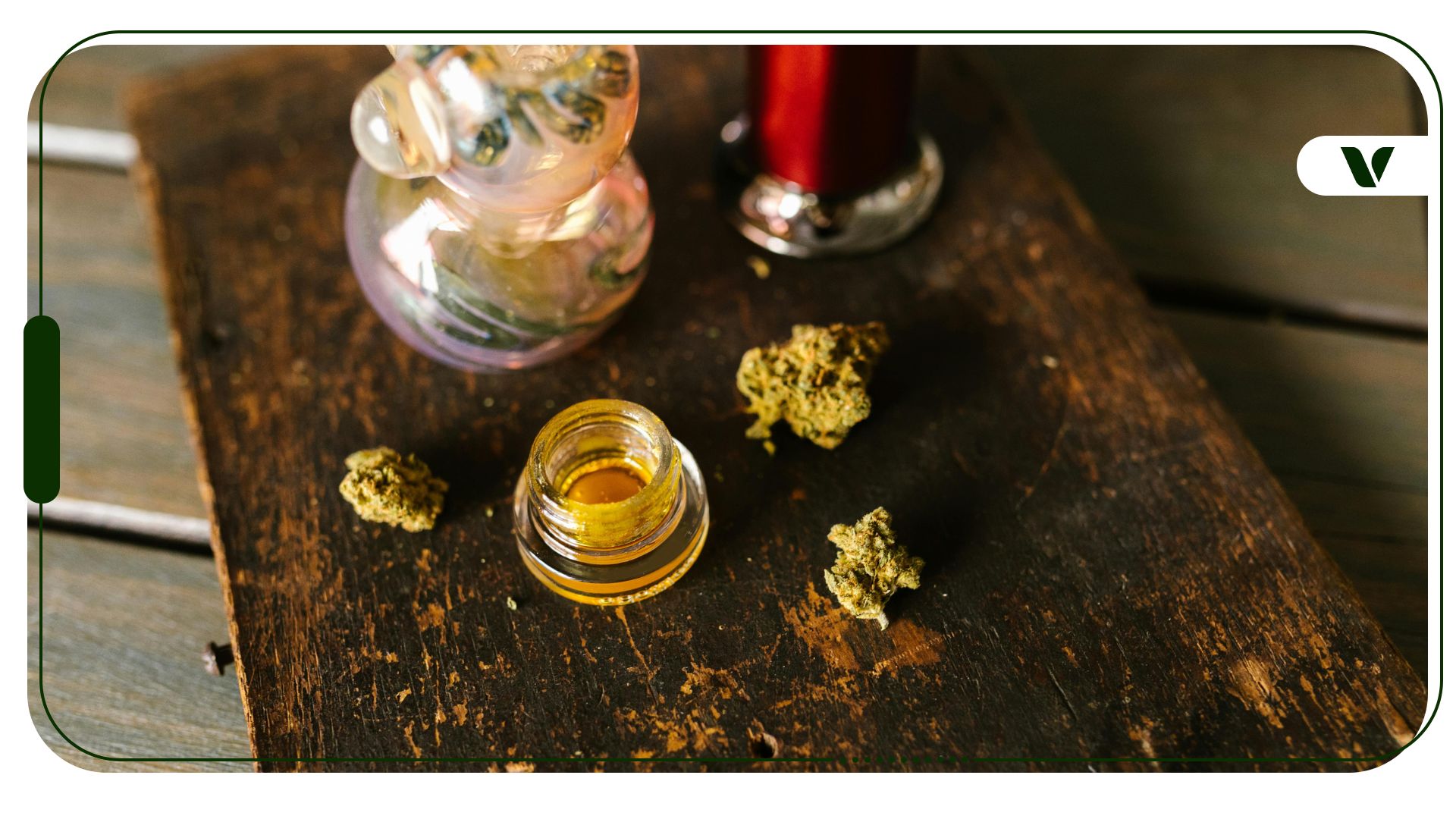The world of cannabis is filled with terminology that can become very confusing, especially for those new to the scene. In this article, we are going to take a deep dive into kief. Kief, which is sometimes called pollen or dry sift, is a term used to describe dried resin glands that have been separated from the cannabis plant. These dried resin glands contain cannabinoids and terpenes. The benefits of smoking—or consuming—kief are plenty, and it is more potent than regular marijuana because of the trichome concentration.
What Is Kief?
In the simplest of terms, kief is a form of cannabis concentrate. The dried resin glands that make up kief come from the trichomes of the cannabis plant. Trichomes are known as hairs, and they do more than just give the plant a specific smell and taste; they also serve as a form of protection from insects, plant-eating animals, and extreme weather. Trichomes signal the maturity of the cannabis buds and ultimately help determine when a cannabis plant should be harvested during the cultivation process.
Tracking down the origins of kief is an interesting journey. It is impossible to say with precision where it came from, but it is speculated that the first use of kief was more than likely in or around India or Ancient Persia. Similar to hash, kief has been used for a range of applications, from medical to recreational. In Morocco, “kief” refers to marijuana that is chopped up and mixed with tobacco, while in the West it is usually consumed alone as a fine powder.
For those who love a natural, organic cannabis experience, kief is for you. There is nothing added to cannabis to produce it, as it’s a part of the plant already. This makes it a pure experience as well as a way to fully enjoy your plants for all they offer. It burns fast, hits hard, and overall helps you to reduce waste by using as much of your plant as possible.
Collecting Your Own Kief
Kief is most commonly separated from cannabis flowers using a grinder. If you have utilized a grinder in the past, it is likely that you have made kief and didn’t even know it. Kief can be easily collected utilizing a three-chamber herb grinder. A three-chamber grinder includes a mesh screen that will allow kief to fall through while separating it from the dried herb. In more extensive settings, the extraction of kief is done through the use of silk screening materials and the art of sifting.
Aside from collecting your own kief through the grinding of dry herb, you can also purchase kief at medical and recreational cannabis dispensaries. When purchasing kief, there are a few things that you will want to look out for. The most important is the color of the product you are purchasing. The lighter the color green it is, the purer the product. Kief that is a very green color typically has not been cleaned and most likely still contains a significant amount of plant matter.
How Do You Use It?
So now that we know what kief is and how to obtain it, what do you do with it? Let’s look at some of the most popular uses of kief.
Smoke It
One of the most obvious things to do with kief is to consume it through smoking. This can be done by sprinkling it on top of dried flower in a bowl, layering it in dried herb before rolling a blunt or joint, or adding it to the outside of a joint by lathering on a sticky cannabis concentrate that has been melted down to the outside of the paper and then rolling it in kief. This is one of my favorite ways to enjoy kief, called a furry joint
Make Moon Rocks
Moon rocks can be quite expensive if you buy them in a retail market. However, if you have cannabis concentrates and some dried buds, they are easy to make at home. Simply take your favorite bud, cover it in melted cannabis concentrates that have been gently heated, and then roll the bud in the kief.
Add Kief to Edibles
Kief can also be added to many cannabis-infused edible recipes to enhance potency. If you choose to utilize kief in edibles, it is highly recommended that you combine it with your dried cannabis during the decarboxylation process for the best results. One of the most popular cannabis-infused recipes that can include kief is cannabutter. However, kief could easily be utilized to make infused oils for cooking and infusion into recipes as well as added directly to some recipes as long as it was first decarboxylated to activate the cannabinoid content. You can also add kief to your tea or coffee, because the cannabionids in the kief will be activated by the heat.
Make Rosin
Rosin has risen in fame in recent years due to its purity and simplicity of extraction, as well as its ability to preserve cannabinoids. In most cases, rosin presses are utilized to apply heat and pressure to dried cannabis buds, which in return extracts resin from the glands. The same process of applying pressure and heat can be done utilizing kief and produces higher yields and potency than what is produced with dried buds. This is due to kief being composed primarily of resin glands as opposed to the bud, which is primarily plant material with only a covering of resin glands.
Make Hash
You can also utilize kief to make hash, one of the oldest forms of cannabinoid extraction and refinement. Kief is essential in the process of making hash, seeing as how hash is essentially kief that has been pressurized and heated and then formed, most commonly, into a soft dark green ball. Through the different levels of pressurization and the rupturing of the resin glands, the overall effect and taste of hash differ from what you receive when utilizing heat and pressure to create rosin.
As you can see there are several things that you can do with kief. What is the best way you have found to use this valuable extract? Let us know in the comments below!
This guide is a compilation of articles written by Ashley Priest and Marcus Quoyeser.
Author, Share & Comments


